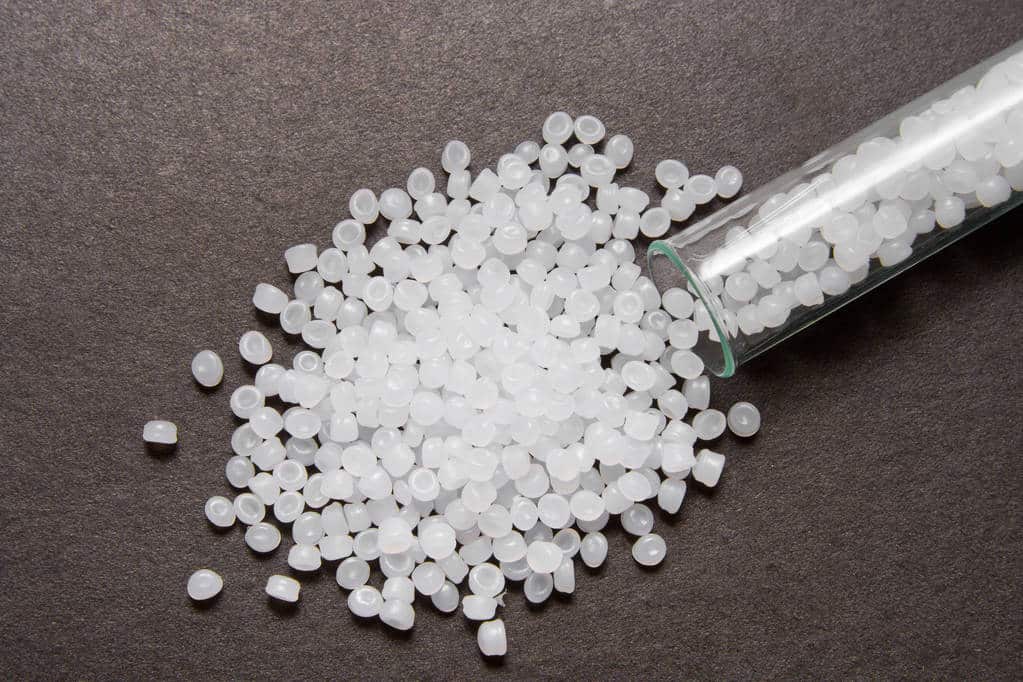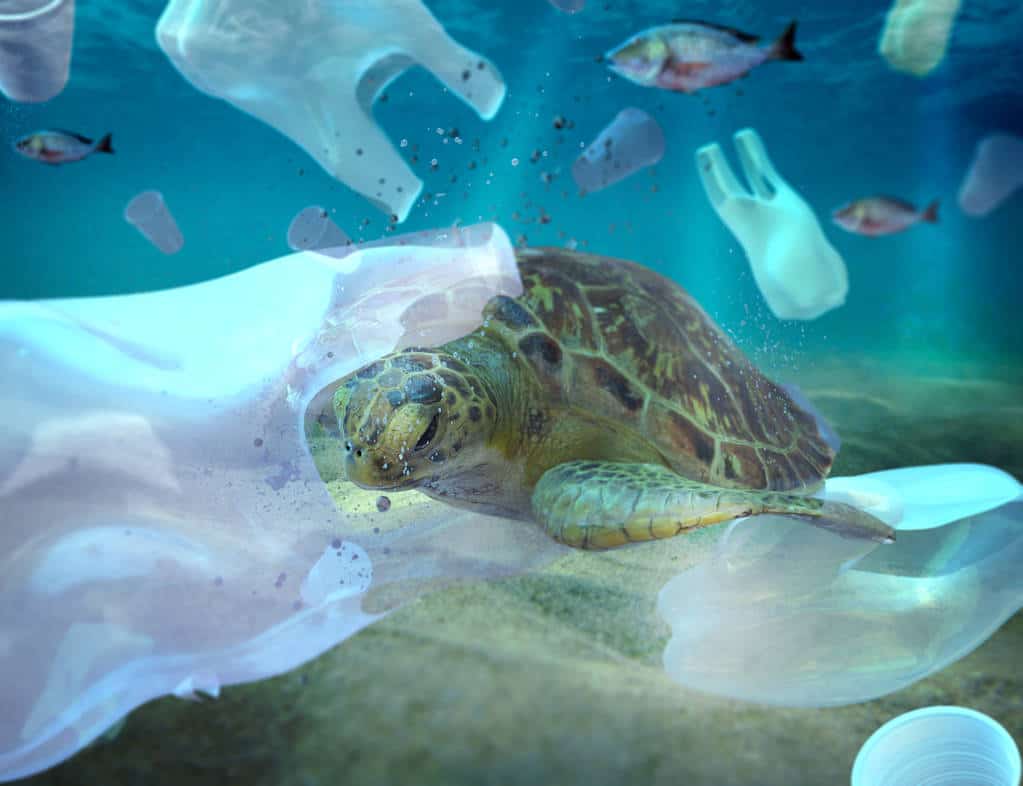What items can be made from recycled Polypropylene (PP) Plastics?

Polypropylene (PP) is a type of plastic that is commonly found in trash bins, food packaging, and films. This polymer has several advantages over other materials. PP is inexpensive, recyclable, non-toxic, and has a high melting point. The downside is that it is less flexible than other types of plastic and recycled materials.

This polymer can be processed into various products using different methods. In this article, we will discuss five ways that recycled PP is used to create new plastic products.
So what exactly is PP or Polypropylene Plastics?
Polypropylene is one of the polyolefins, which are members of the polymers family. It is a highly flexible and resilient material that has many useful physical properties, and most importantly, it is also recyclable. It also resists the action (or presence) of many chemical solvents.

It can be used in making a wide variety of products such as films, fibers, molded articles, foams, etc. Polypropylene is available in both homopolymer form and copolymer form. The homopolymer is called pure polypropylene while the copolymer is known as propylene-ethylene copolymer. These two forms differ in their chemical structure. Pure polypropylene is generally more expensive than its ethylene-propylene copolymer counterpart due to the higher cost of propylene monomer.
Why do we want to make things from recycled plastic materials like PP?
How much plastic waste does every person produce per year? The answer might surprise you.
Residents of the United States and the United Kingdom generate more plastic per capita than any other country, with Americans producing an average of 105 kilograms (231 pounds) of plastic waste annually. A lot of this comes from single-use plastic.

Plastic pollution is a growing problem worldwide. The United Nations estimates that 8 million metric tons of plastic ends up in the ocean water every year. This is alarming because marine animals ingest plastic debris and become entangled in plastic fishing nets, strangling themselves. Plastic also takes hundreds of years to decompose, posing serious health risks to humans who eat contaminated seafood.
So what can we make from recycled PP?
There are many uses for recycled polypropylene, but the most common ones are food storage containers, bags, and gardening supplies. Let’s get into some examples.
Clothing
Did you know that PP can also be used to create clothing? Yes, you read that correctly. Recycled polypropylene can be turned into yarn or fabric. This means that you can recycle polypropylene waste and turn it into something clothing items.
The process involves melting down the materials and turning them into fibers that can then be woven into clothes. This recycling process sounds complicated but it’s actually pretty easy. The first step is to melt down the plastic by heating it up to around 300 degrees Celsius (572 degrees Fahrenheit). Then, the melted plastic gets mixed with a chemical called maleic anhydride which changes the molecular structure of the plastic. Once this happens, the plastic becomes malleable and can be spun into thread to create different clothing types such as t-shirts.
Food containers
Recycled polypropylene (PP) is commonly used to make bottles that hold solvents and other chemicals. However, it can also be recycled to produce other useful items such as food containers.
A study conducted by researchers at the University of California, Riverside found that PP was able to withstand high temperatures and pressures without breaking down. This makes it ideal for producing food containers.
Along with it’s high melting point polypropylene doesn’t react to liquids, acids or bases so it’s safe to store a range of food and liquid types. These containers can be used to hold everything from milk to juice to soup – anything that needs to stay cold or hot. Since they don’t break easily, they’re perfect for transporting these foods on long journeys.
Bags
Another item that can be produced from recycled PP is bags. In fact, most grocery stores use recycled PP bags. This type of bag is usually made from a blend of polypropylene and natural fibers. This combination helps keep the bag strong and durable.
The bag industry has grown rapidly since the 1980s, with some estimates suggesting that the global market will exceed $100 billion by 2025. This growth has led to increased waste generation and pollution. Recycled plastic polypropylene bags are now used in many different applications including food packaging, shopping bags, and trash bags.
Dishware
Just like we mentioned in the food containers section, polypropylene doesn’t react to acids, bases or other liquid and materials. The material has a high melting point which means it’s ideal for making dishes, cups, bowls, plates and trays. It can be used for both hot and cold foods, and is resistant to staining and cracking.
Because of polypropylene’s high melting point, it is also resistant to heat, so it can be used for baking and microwaving. It’s a good material for making plates and bowls because of its durability and non-stick properties.
Gardening Supplies
Polypropylene products are very common nowadays, especially among gardeners. You can find all kinds of gardening supplies made from recycled PP. The most common type of plastic plant pots are made from recycled polypropylenes (PP). They come in different sizes and shapes, but they can be used for both indoor and outdoor plants.
Some other gardening products include planters, hanging baskets, flowerpots, and decorative containers. These items can be bought at local gardening stores, large box stores, and online companies that offer products made from polypropylene recycling
More efforts to recycle PP
Recycling polypropylene bottles has been made easier today thanks to large scale recycling facilities and programs. With so many companies offering their services and so many products available that are designed specifically for reusing these plastics, it’s easy to see why this sustainable material is such a valuable resource.
There are several different ways to recycle polypropylene, including using it in packaging, turning them into clothing, and creating new materials like gardening pots and other recycled products. This gives these types of plastic a second life and helps environmental benefits when using sustainable products.
